Efforts to Detect Alien Life Advanced by Simple Microbe Mobility Test
Finding alien life may have just got easier! If life does exist on other worlds in our Solar System then it’s likely to be tiny, primative bacteria. It’s not so easy to send microscopes to other worlds but chemistry may have just come to the rescue. Scientists have developed a test that detects microbial movement … Continue reading "Efforts to Detect Alien Life Advanced by Simple Microbe Mobility Test" The post Efforts to Detect Alien Life Advanced by Simple Microbe Mobility Test appeared first on Universe Today.

Finding alien life may have just got easier! If life does exist on other worlds in our Solar System then it’s likely to be tiny, primative bacteria. It’s not so easy to send microscopes to other worlds but chemistry may have just come to the rescue. Scientists have developed a test that detects microbial movement triggered by an amino acid known as L-serine. In lab testing, three different types of microbes all moved towards this chemical and could be a strong indicator of life.
The search for primitive alien life focuses on finding simple organisms, like microbes or bacteria that can survive in extreme environments. Scientists target places like Mars or moons of the outer planets like Europa (Jupiter,) and Enceladus (Saturn,) where liquid water and energy sources might exist. By studying extremophiles on Earth—organisms that seem to thrive in harsh conditions—researchers can gain clues about where and how to look for extraterrestrial life. Advanced technologies, including chemical sensors and microscopic imaging, are being developed to detect signs of life on future space missions.

One of the great challenges is exactly what to look for. One aspect of life be it primative or advanced, is the ability to move independently. The process where a chemical causes an organism to move in response is known as chemotaxis and it this that a team of researchers in Germany are interested in. They have developed a new method for creating the chemotactic movement in some of the most basic forms of life here on Earth. The team published their results in Frontiers in Astronomy and Space Sciences.
The team undertook experiments with three different types of microbe, two of them were bacteria and one was an archaea – a single celled microorganism. Each one has the capability of surviving in the types of extreme environments that might be found in space. One of the microbes has the catchy name Bacillus Subtilis and is known to be able to survive temperatures up to 100°C while others can survive down to -2.5°C. Each of the microbes responded, moving toward the chemical L-serine. The positive response from the microbes gives scientists a great insight into searching for organisms that are living on other worlds in our Solar System.

The scientists used a microscope slide that contained two separate chambers that were separated by a thin membrane. The sample microbes were placed on one side with L-serine placed on the other. The concept is simple, if the microbes are alive, they will move toward the chemical. On a future space mission however, it may need some slight refinements, chiefly it would need to work without human interaction.
It’s not the first time the chemical has been used to trigger movement in primative life and is thought to exist beyond the confines of Earth. Its presence beyond our home planet suggest that it may also be useful in helping the search for alien life. If L-serine does exist on other worlds in our Solar System then it may induce movement in microbes and may therefore help us to find that life.
Source : Efforts to find alien life could be boosted by simple test that gets microbes moving
The post Efforts to Detect Alien Life Advanced by Simple Microbe Mobility Test appeared first on Universe Today.














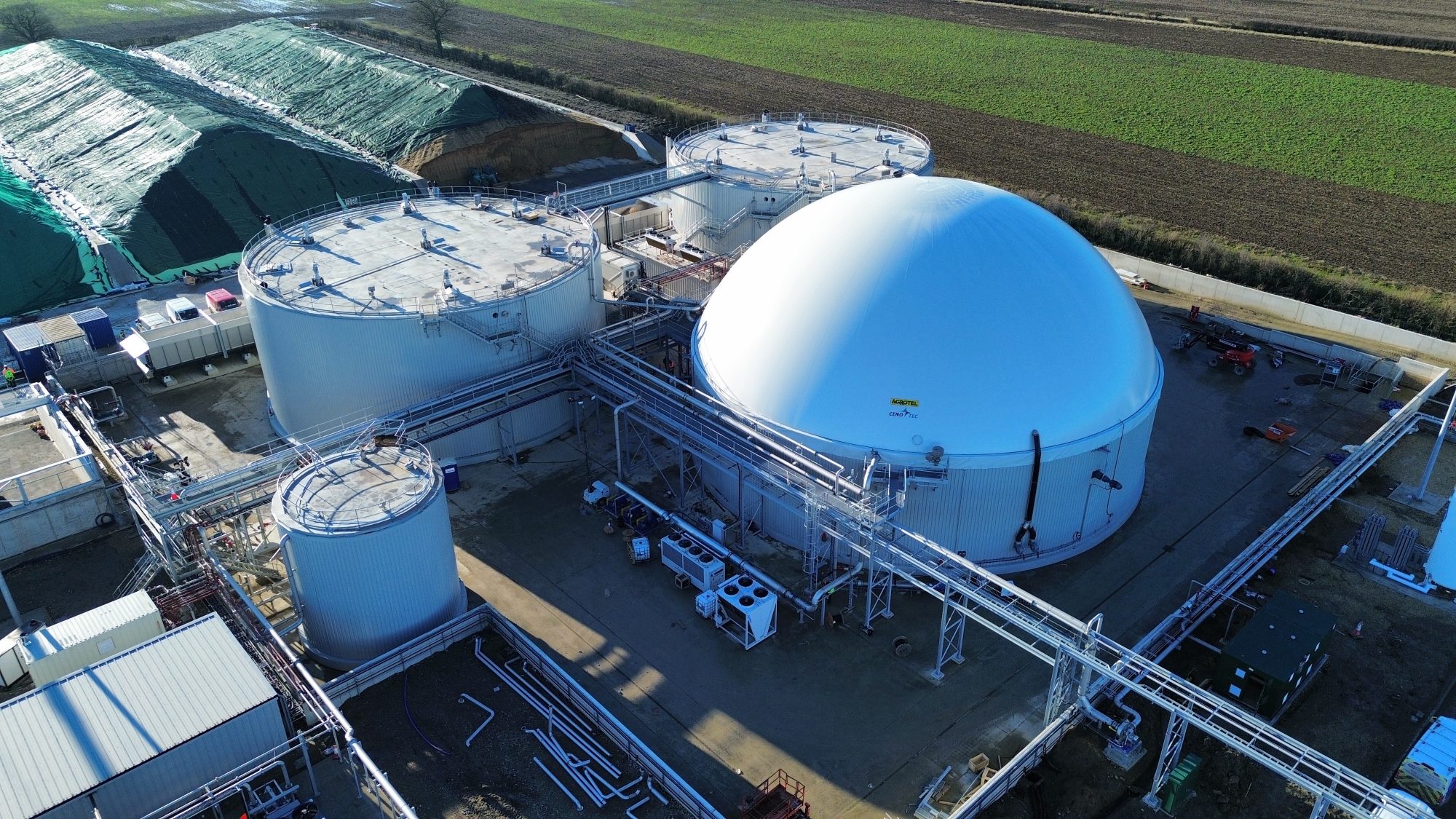










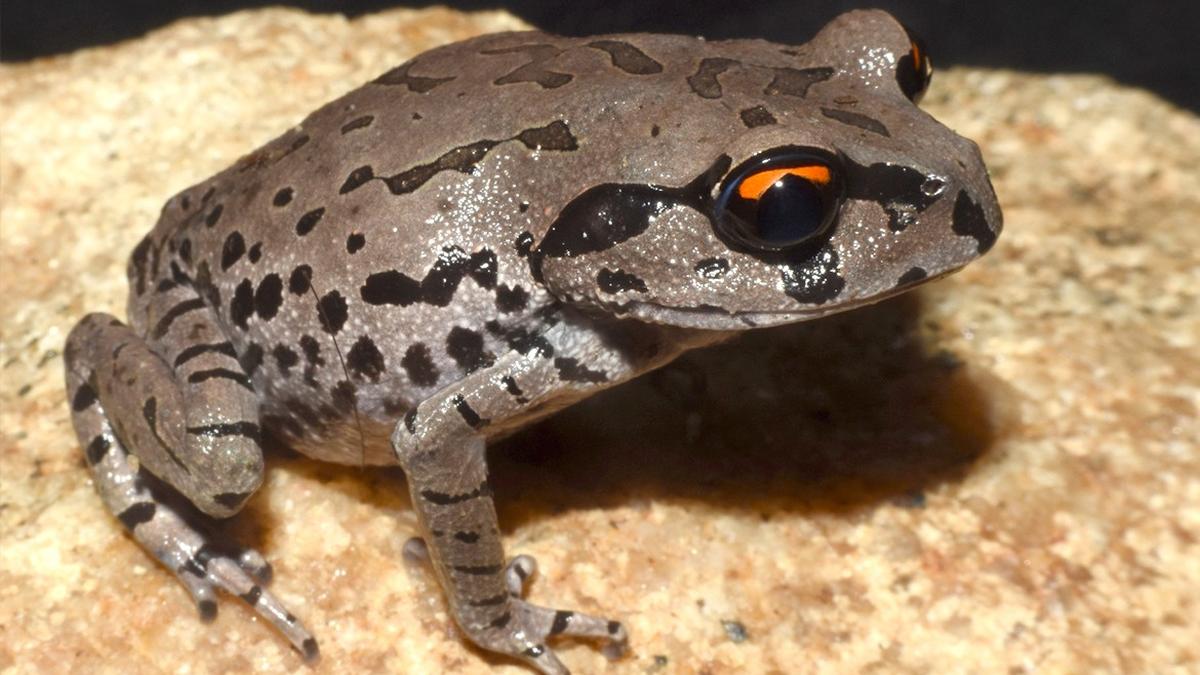







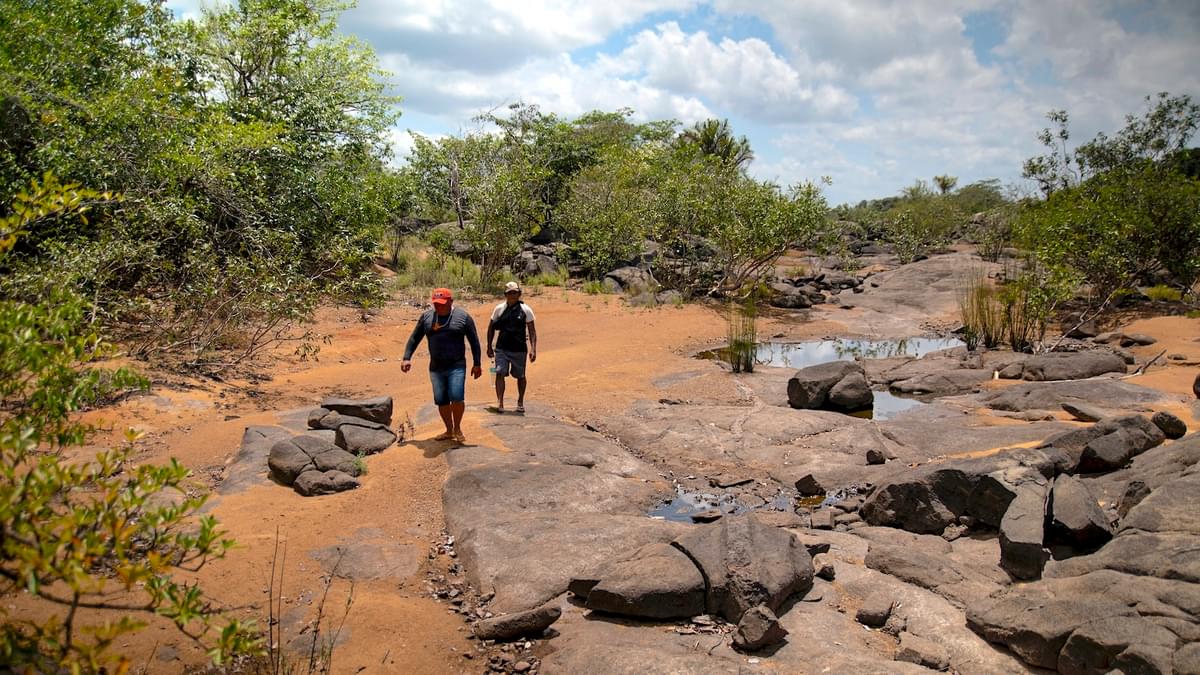




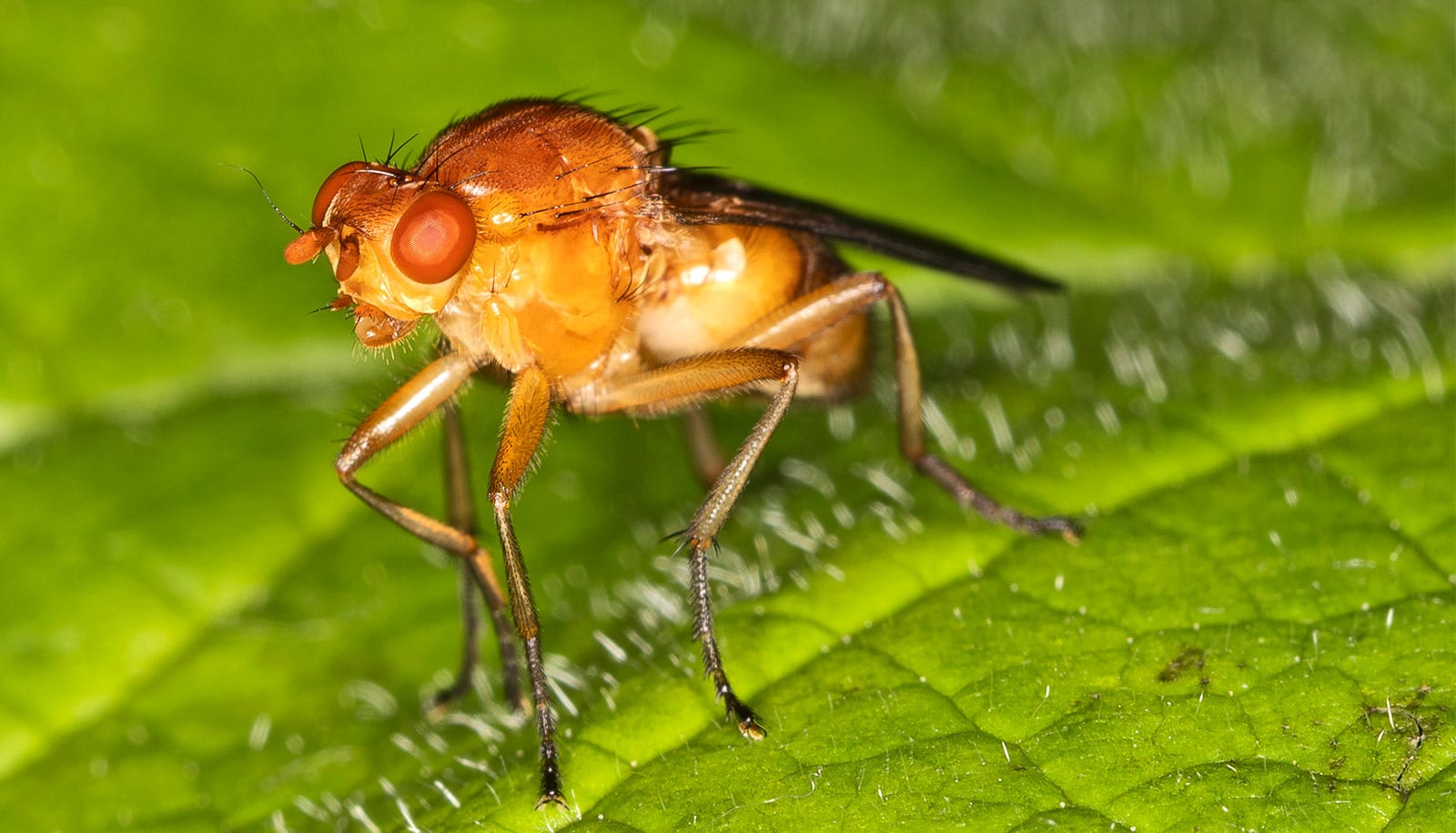
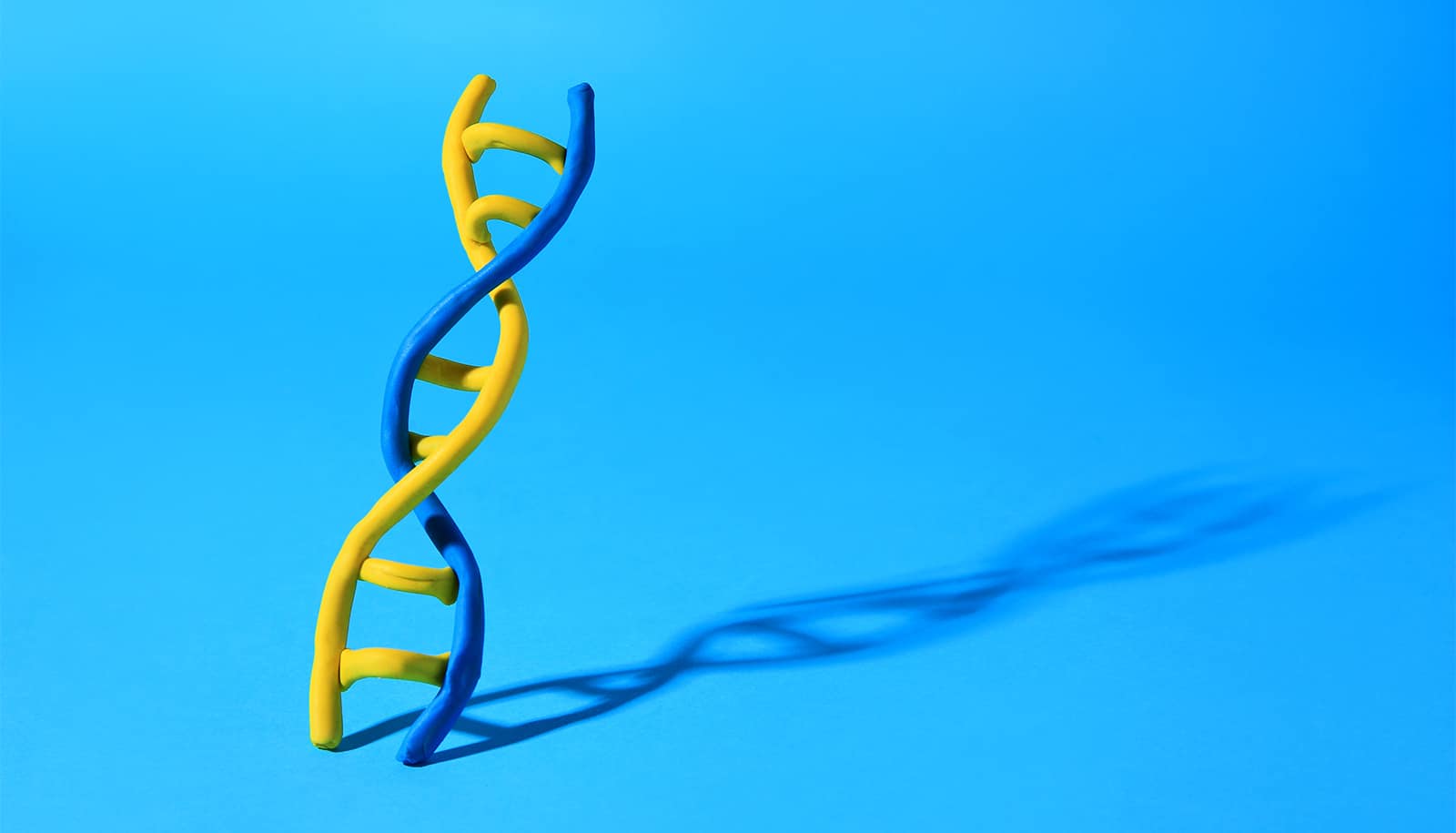


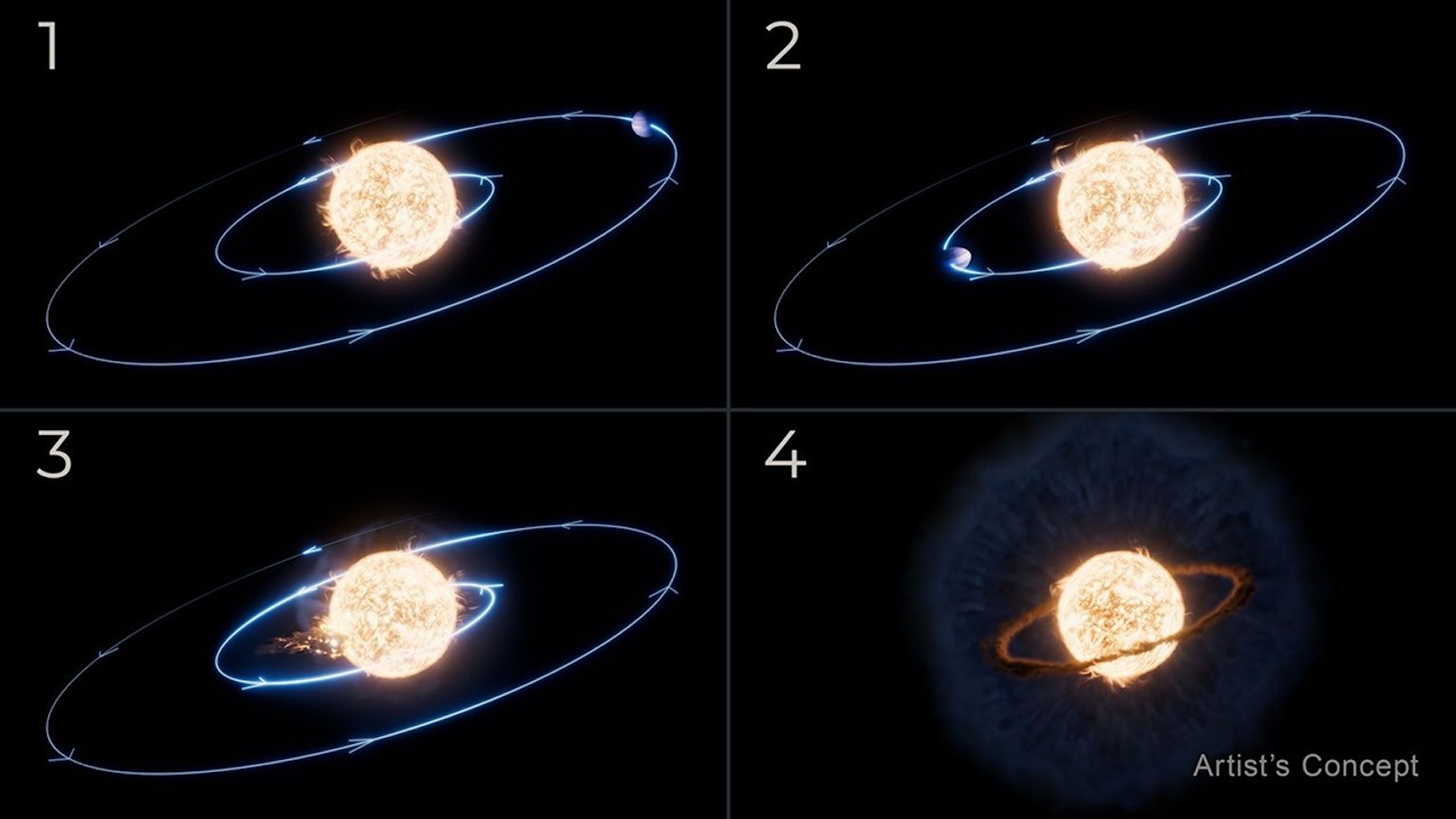


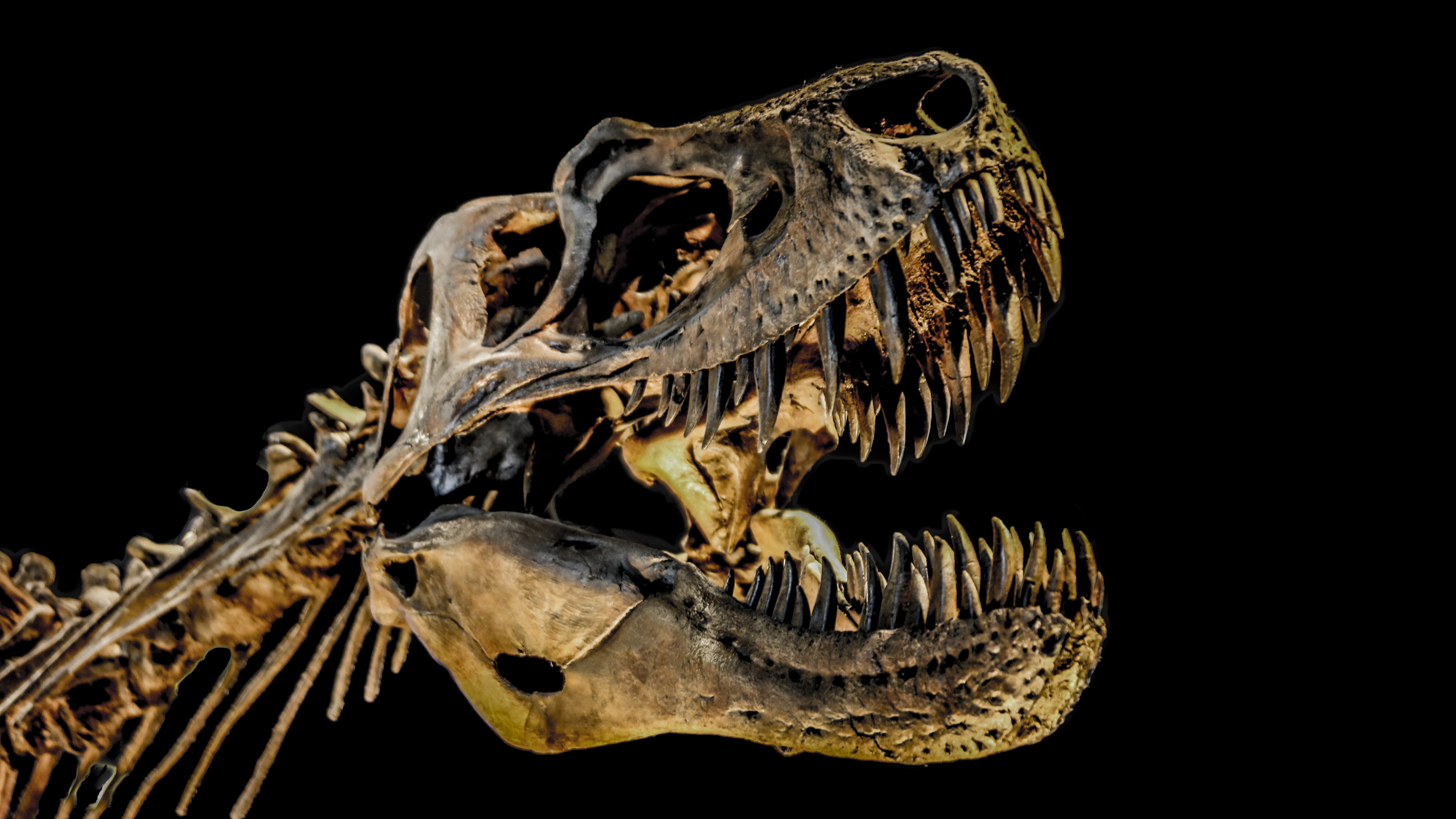





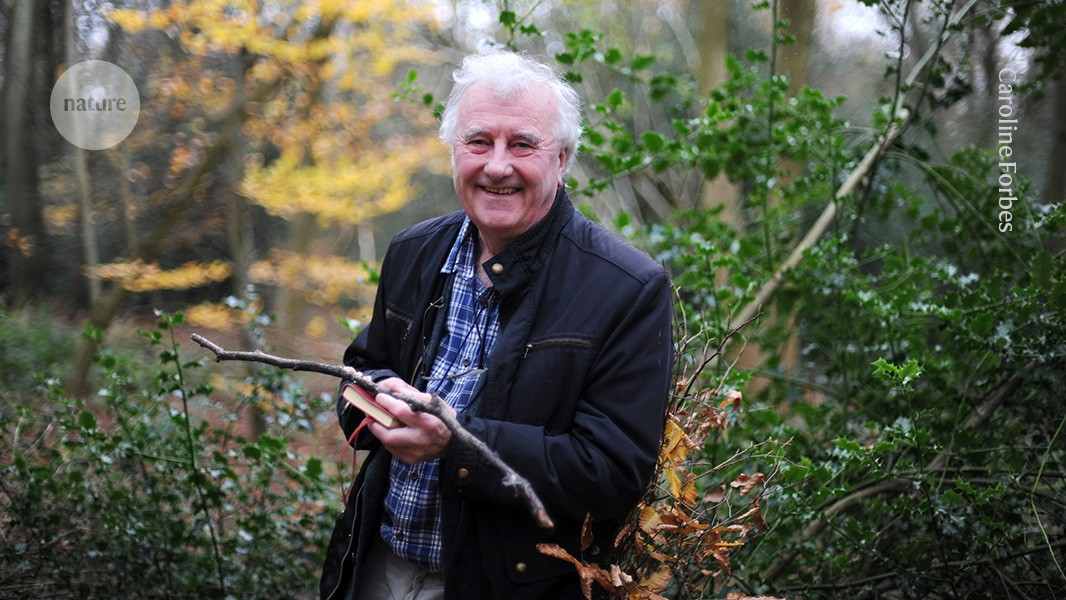


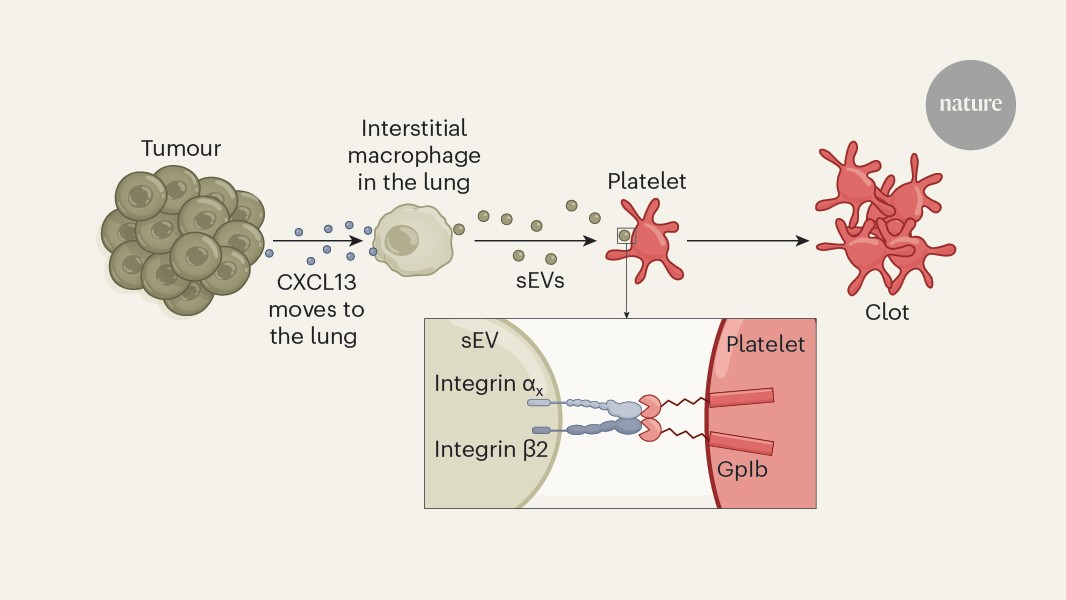






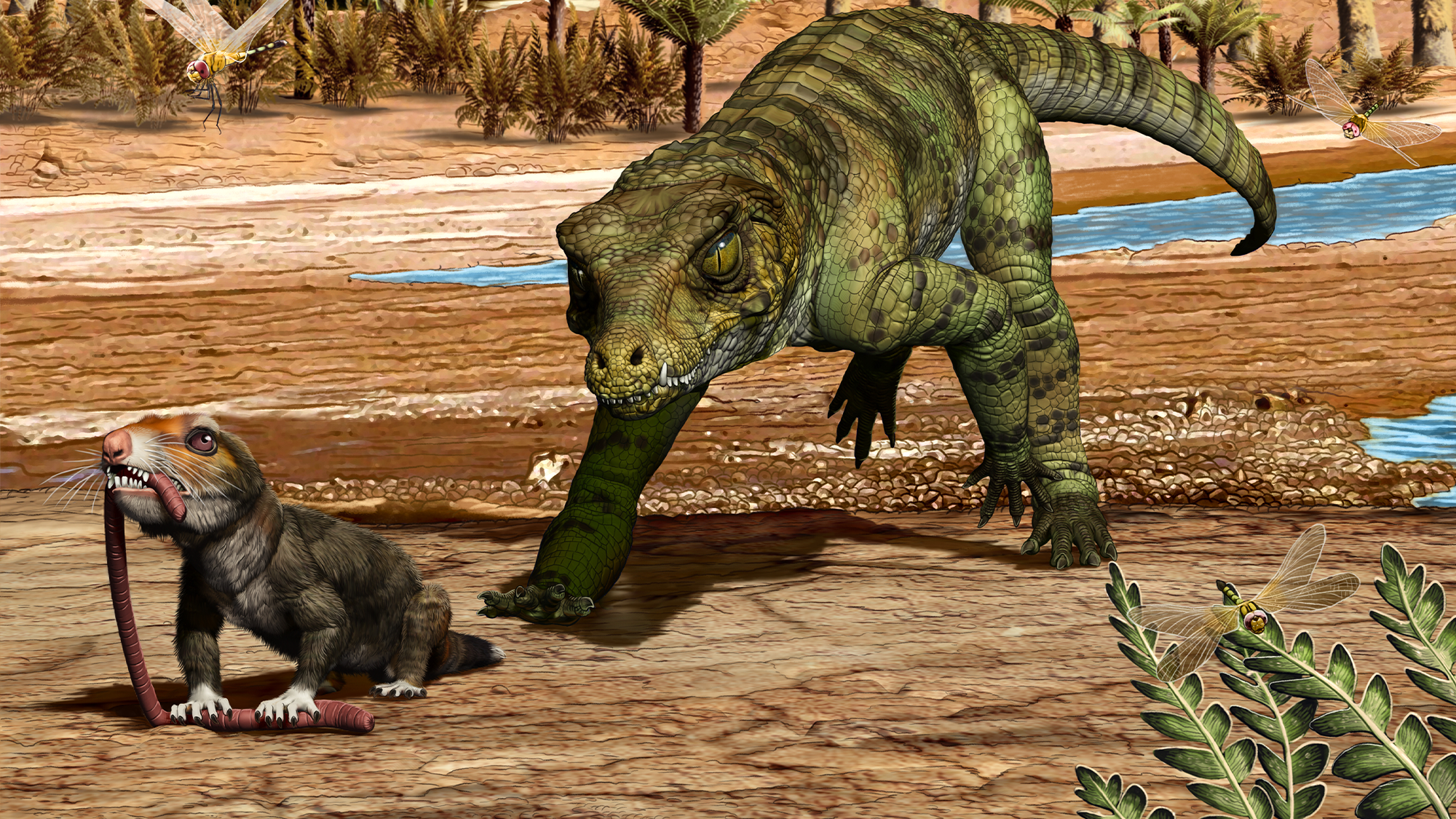

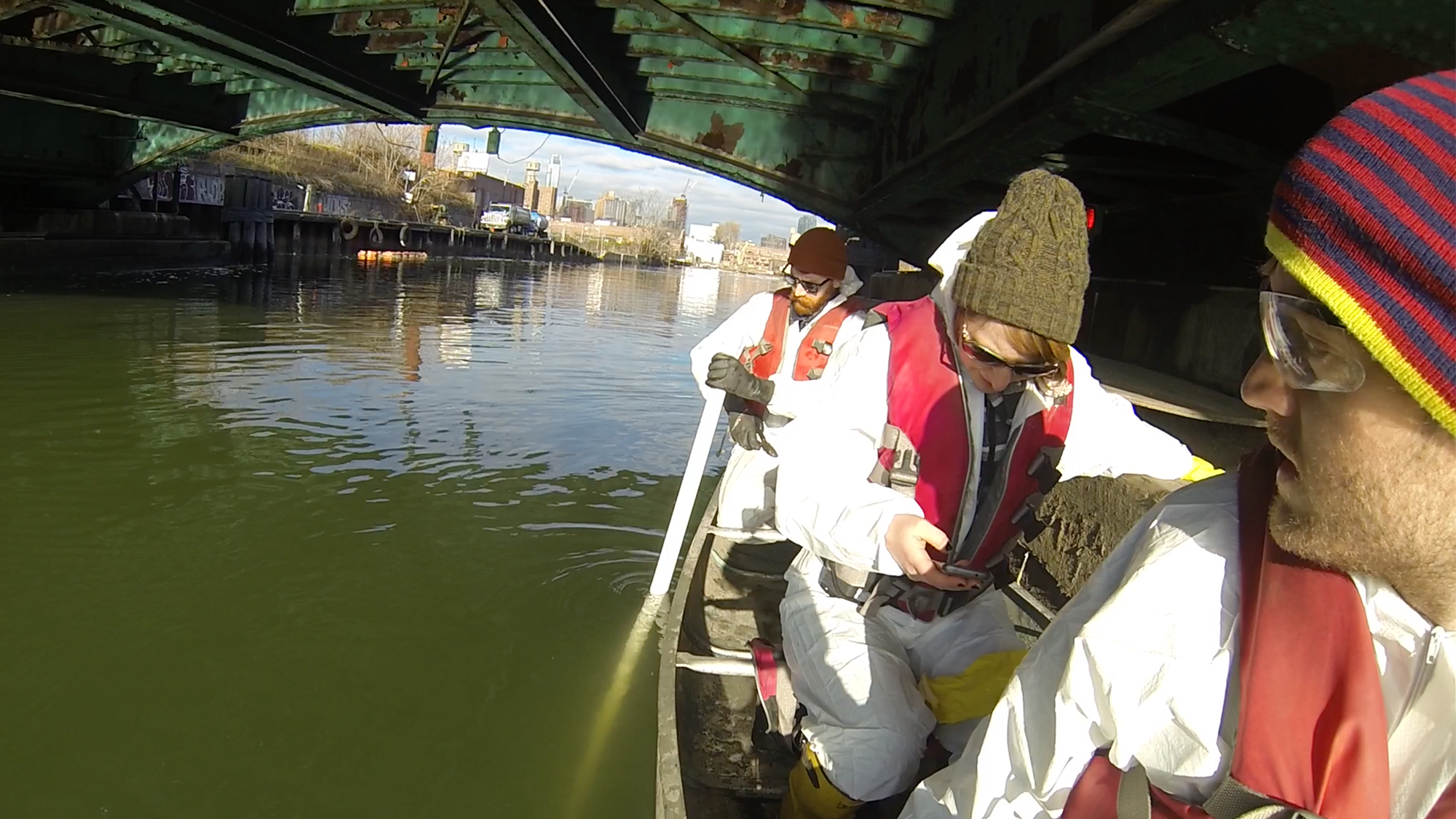









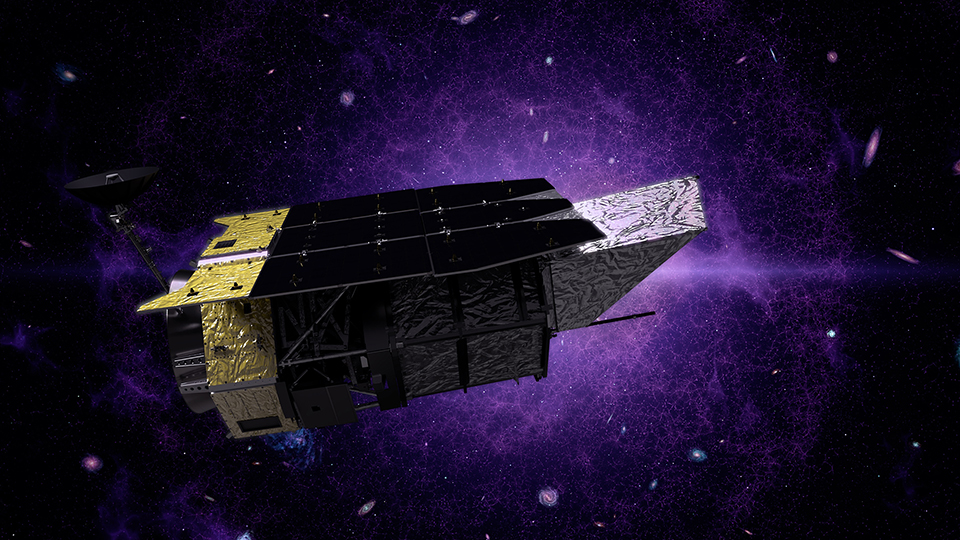





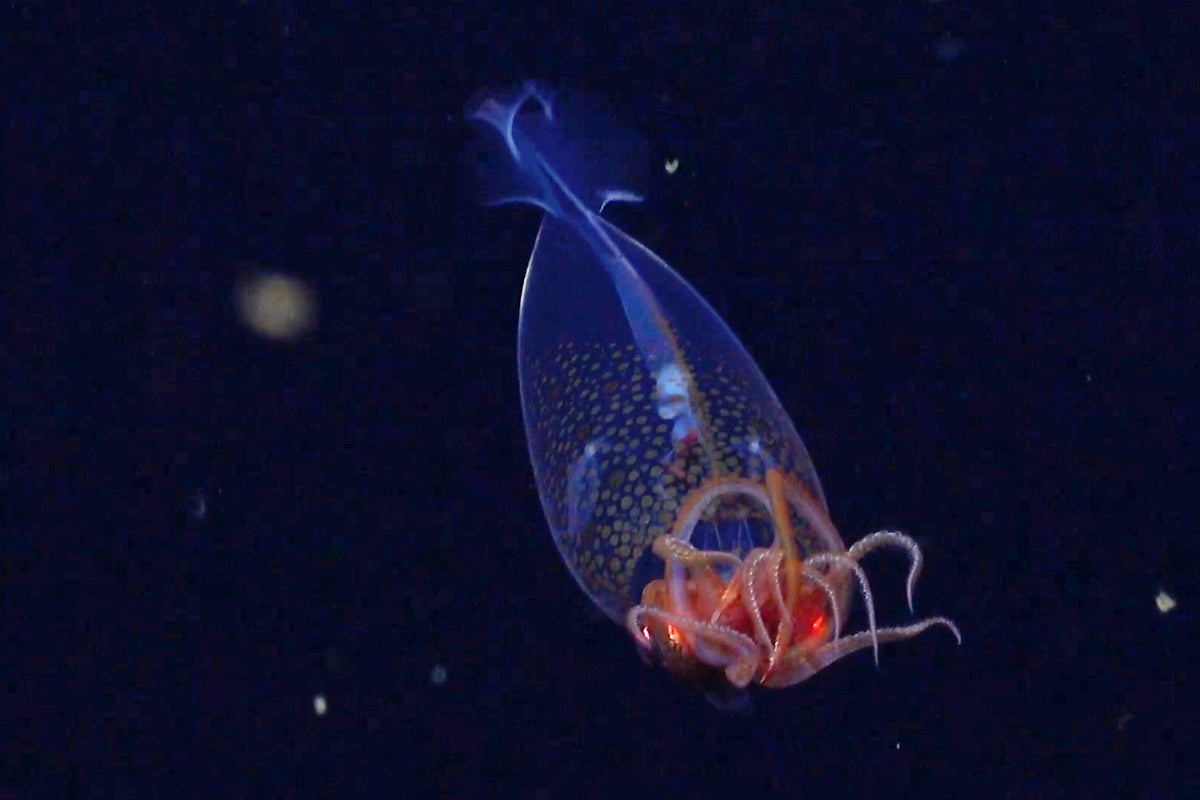





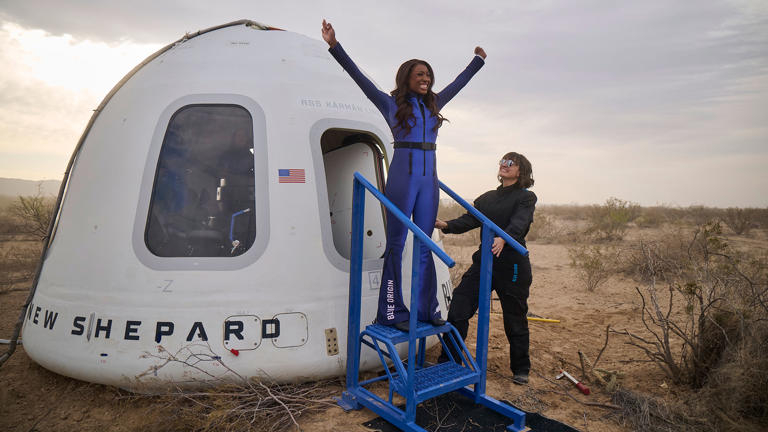

































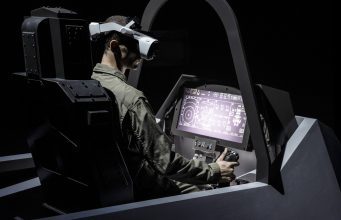


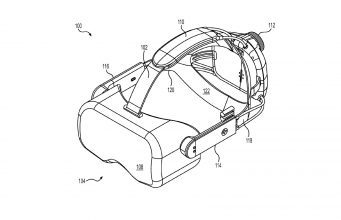



![The breaking news round-up: Decagear launches today, Pimax announces new headsets, and more! [APRIL FOOL’S]](https://i0.wp.com/skarredghost.com/wp-content/uploads/2025/03/lawk_glasses_handson.jpg?fit=1366%2C1025&ssl=1)















